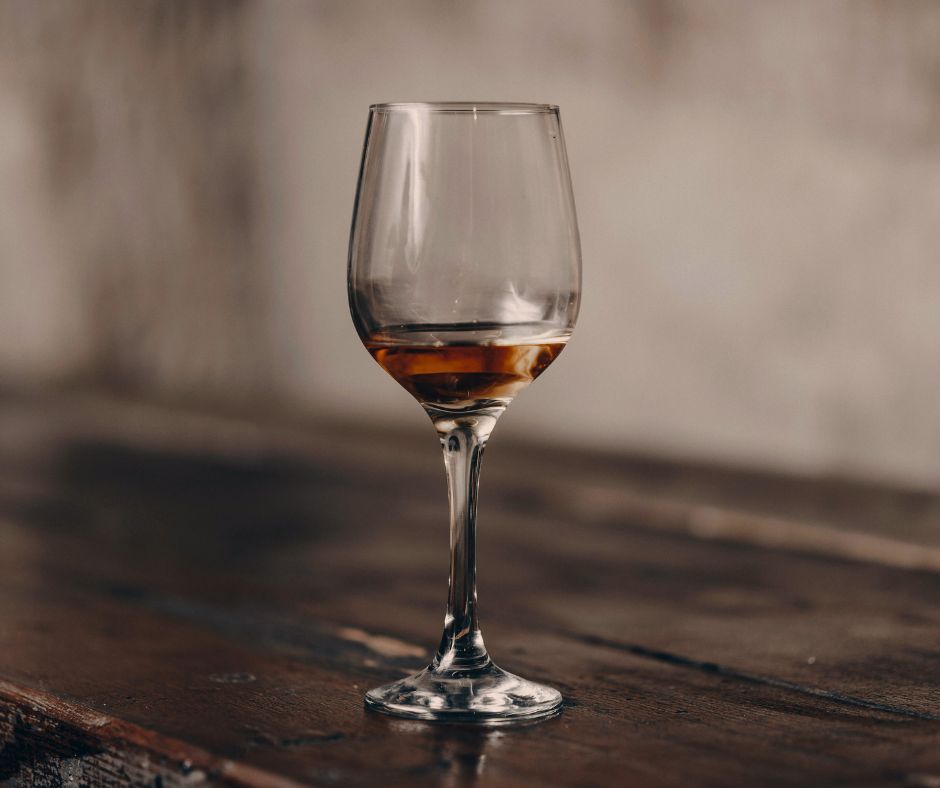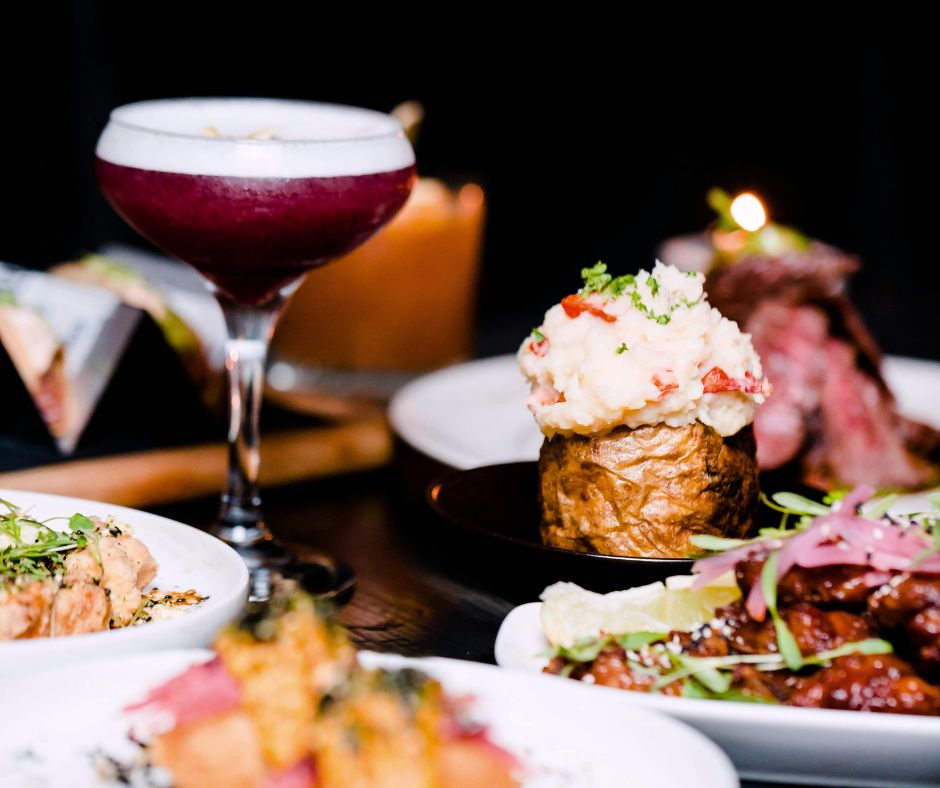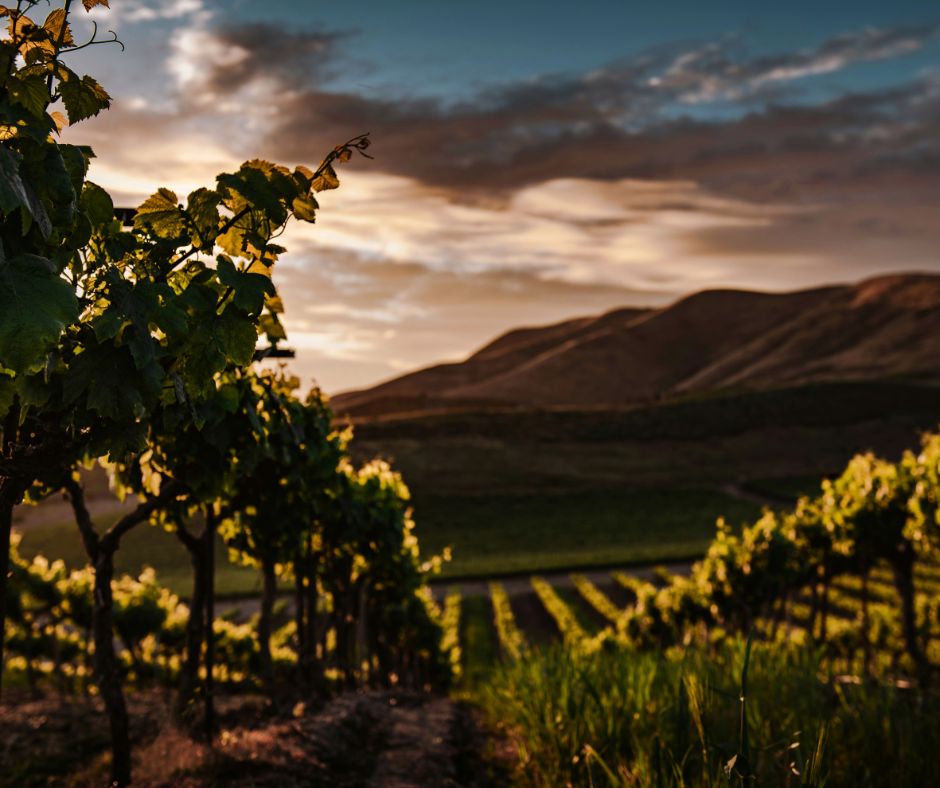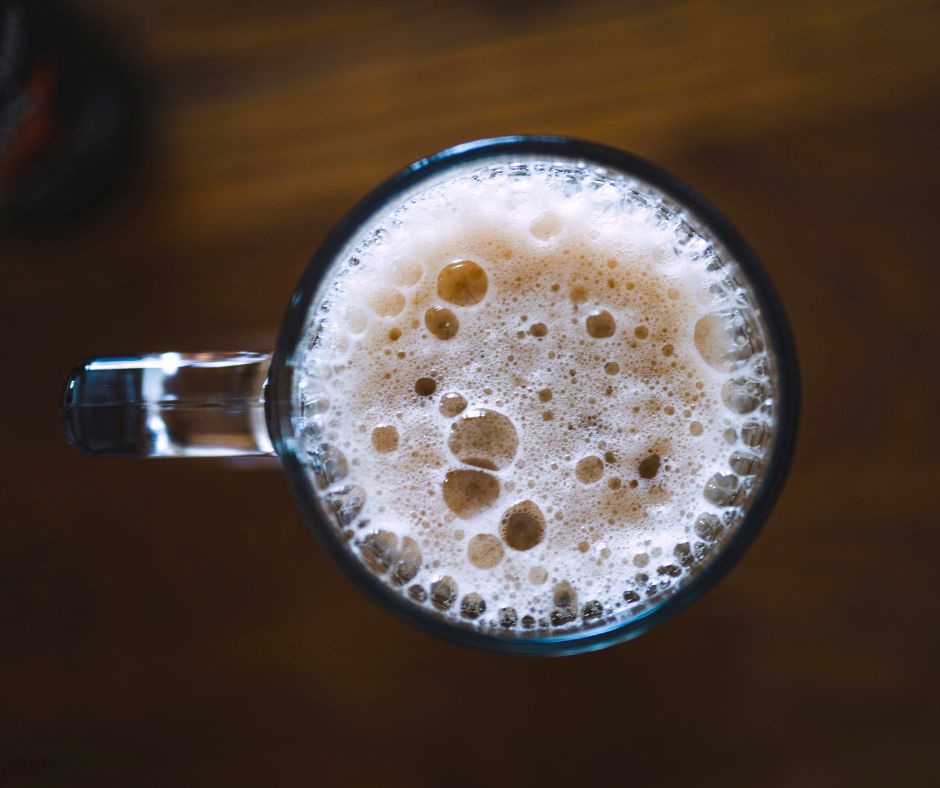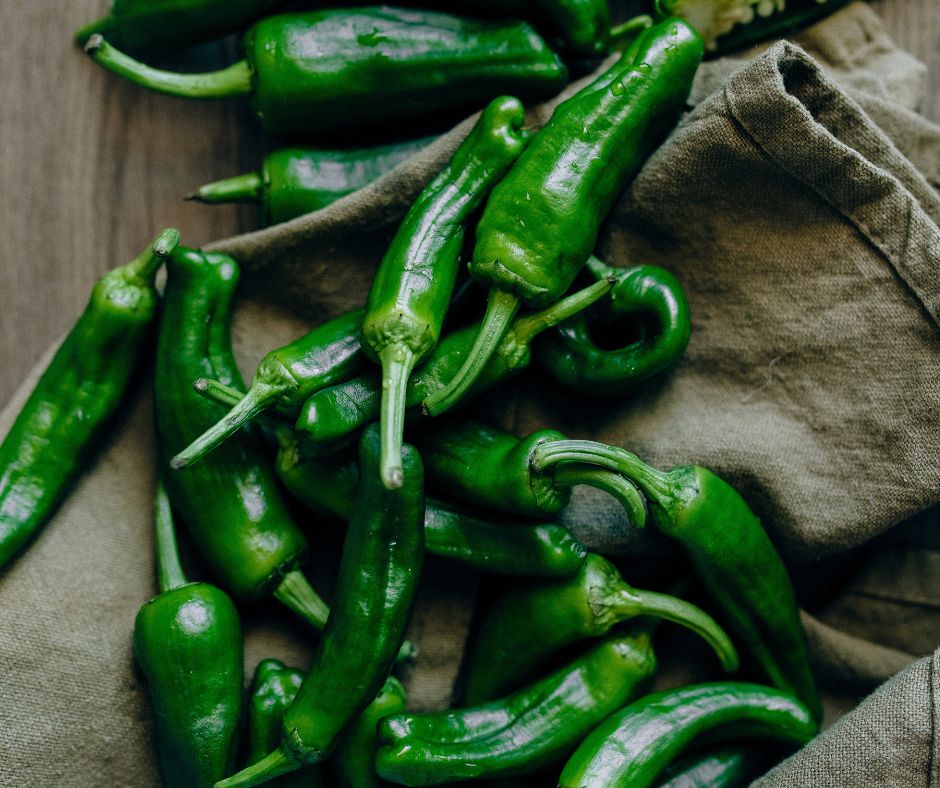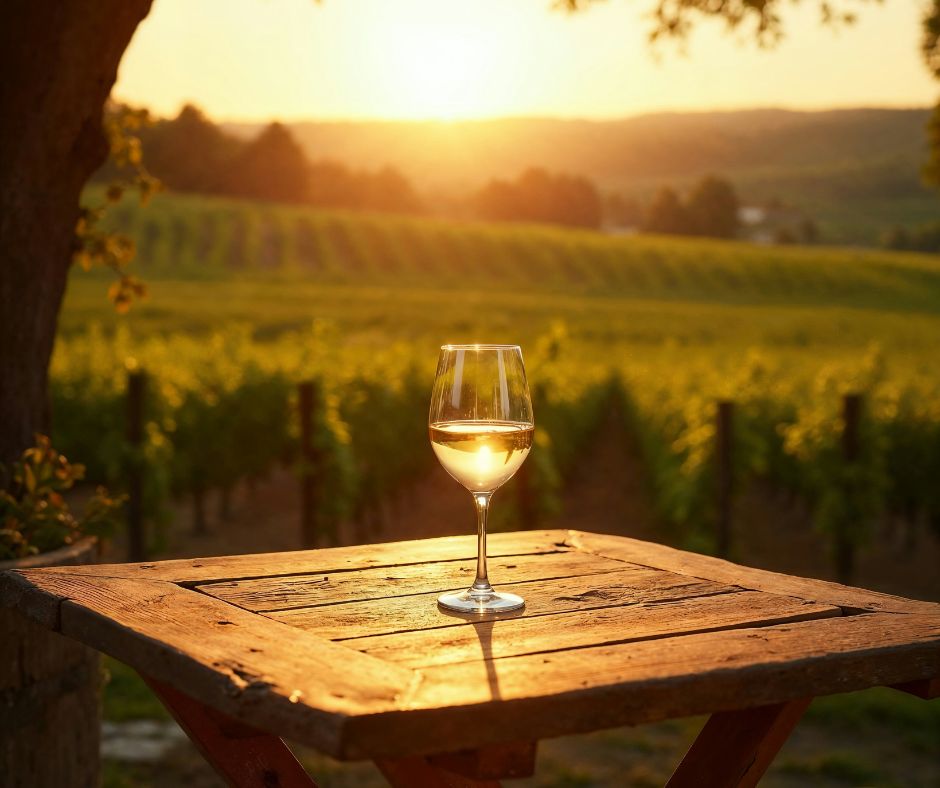Here at Pairable™, we love a good wine mystery — and Madeira might be our favorite plot twist in the bottle. It’s sweet or dry, nutty or spicy, sometimes floral, always bold… and get this: it’s made using the two things you’re never supposed to do to wine.
Oxygen? Check.
Heat? Check.
Insane deliciousness anyway? Double check.
Let’s raise a glass to the accident-turned-icon that was beloved by the American Founding Fathers, adored by the East India traders, and is still blowing minds centuries later.
Rule #1 of Winemaking: Don’t Let It Oxidize
Madeira: “Hold my pipe.”
Every wine student has heard it: oxygen is the enemy. Exposure dulls fruit, fades freshness, and turns your wine into salad dressing. But Madeira? Madeira says, “Bring it on.”
Madeira is intentionally oxidized. That’s not a flaw — it’s the whole point. The oxidative process gives it that signature nutty, caramelized character: walnuts, hazelnuts, toffee, burnt orange peel, and spice rack vibes that somehow stay vibrant, not stale.
In fact, once bottled, Madeira is so stable it’ll outlive your bar cart, your party guests, and probably your last will and testament.
Rule #2 of Winemaking: Never Cook the Wine
Madeira: “Let’s slow-roast it for a few months.”
Still wine winemakers will throw a fit if you leave a bottle in a warm car. Meanwhile on Madeira, winemakers are literally cooking the wine — on purpose.
Using a process called estufagem, the fortified wine is gently heated for months in specially designed tanks or stored in sun-baked attics (canteiros) for decades. This mimics the round-trip ocean voyages that made the original “vinho da roda” famous — when ships carried barrels of wine through the tropics and brought them home better than they left.
What began as an accident of maritime trade is now a centuries-honed art. The result? Madeira wines that are concentrated, complex, and almost impossible to spoil.
Styles and Sweetness: Something for Everyone
Madeira comes in a full sweetness spectrum, tied to both grape and technique:
- Sercial: Bone dry, crisp, and high acid. Great with olives, salted almonds, and sharp cheese.
- Verdelho: Off-dry and spicy. Pair with roasted squash or seafood in cream sauce.
- Boal (Bual): Lusciously semi-sweet. Amazing with foie gras, blue cheese, or fig desserts.
- Malmsey (Malvasia): Full-blown sweet with tropical fruit, chocolate, and nut notes. Dessert’s best friend.
And don’t sleep on Rainwater Madeira — a light, mellow style that pairs beautifully with soups, tapas, and literally every colonial reenactment meal you’ve ever considered.
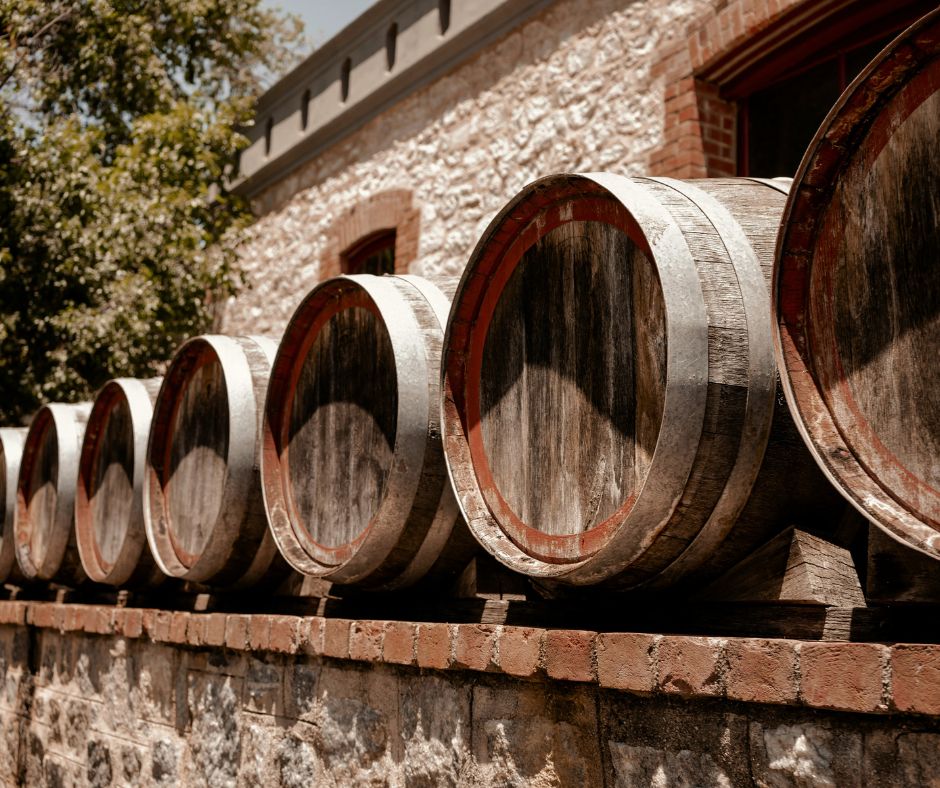
A Founding Favorite: The Wine of the American Colonies
Madeira wasn’t just a novelty — it was the wine of the 18th century. Founding Fathers from Jefferson to Franklin guzzled it. George Washington toasted with it. Even the signing of the Declaration of Independence was reportedly celebrated with a glass of Madeira in hand.
Why? Because Madeira could survive the trip from the Portuguese island to the New World without spoiling — something Bordeaux and Burgundy couldn’t promise in the age before refrigeration and screw caps.
Pairable™ Loves a Rule Breaker
So yes — Madeira breaks every rule in the winemaking book, and that’s why it stands alone. It’s smoky but fresh. Sweet but balanced. It can taste like spiced fruitcake, roasted nuts, citrus peel, and salted caramel — all in one sip.
And because it’s aged forever and holds up forever after that, Aiza can recommend it with everything from roast duck to aged cheddar to dark chocolate truffles — and not worry one bit about whether it’s been open for a week, a month, or since last Thanksgiving.
If you’ve never tried Madeira, fix that. It’s the wine that dared to defy winemaking orthodoxy — and made it work.
Forget the rules. Pair the flavor.
— Team Pairable™


